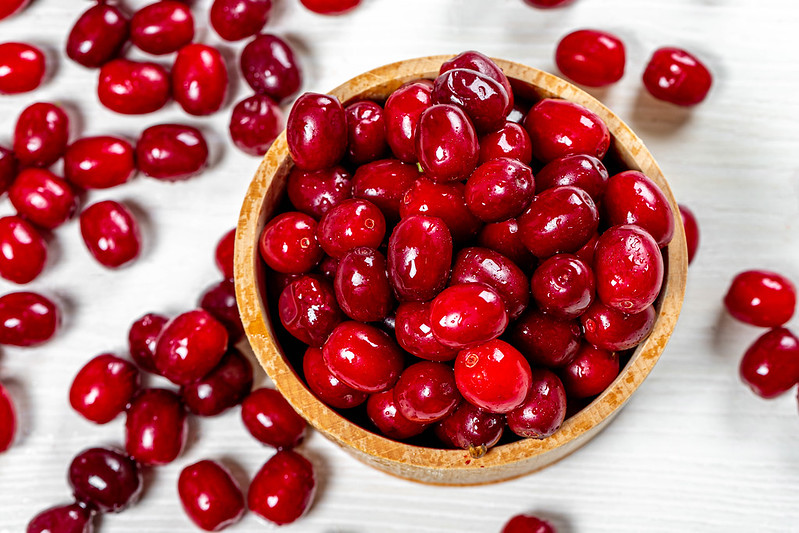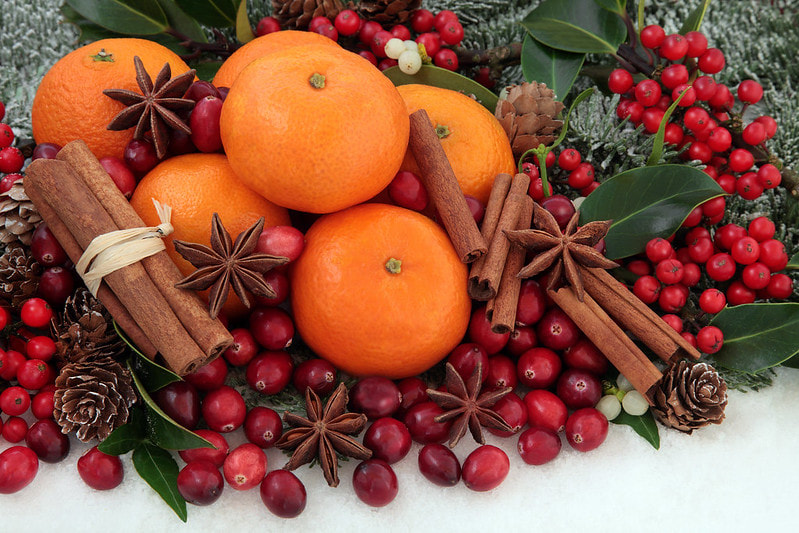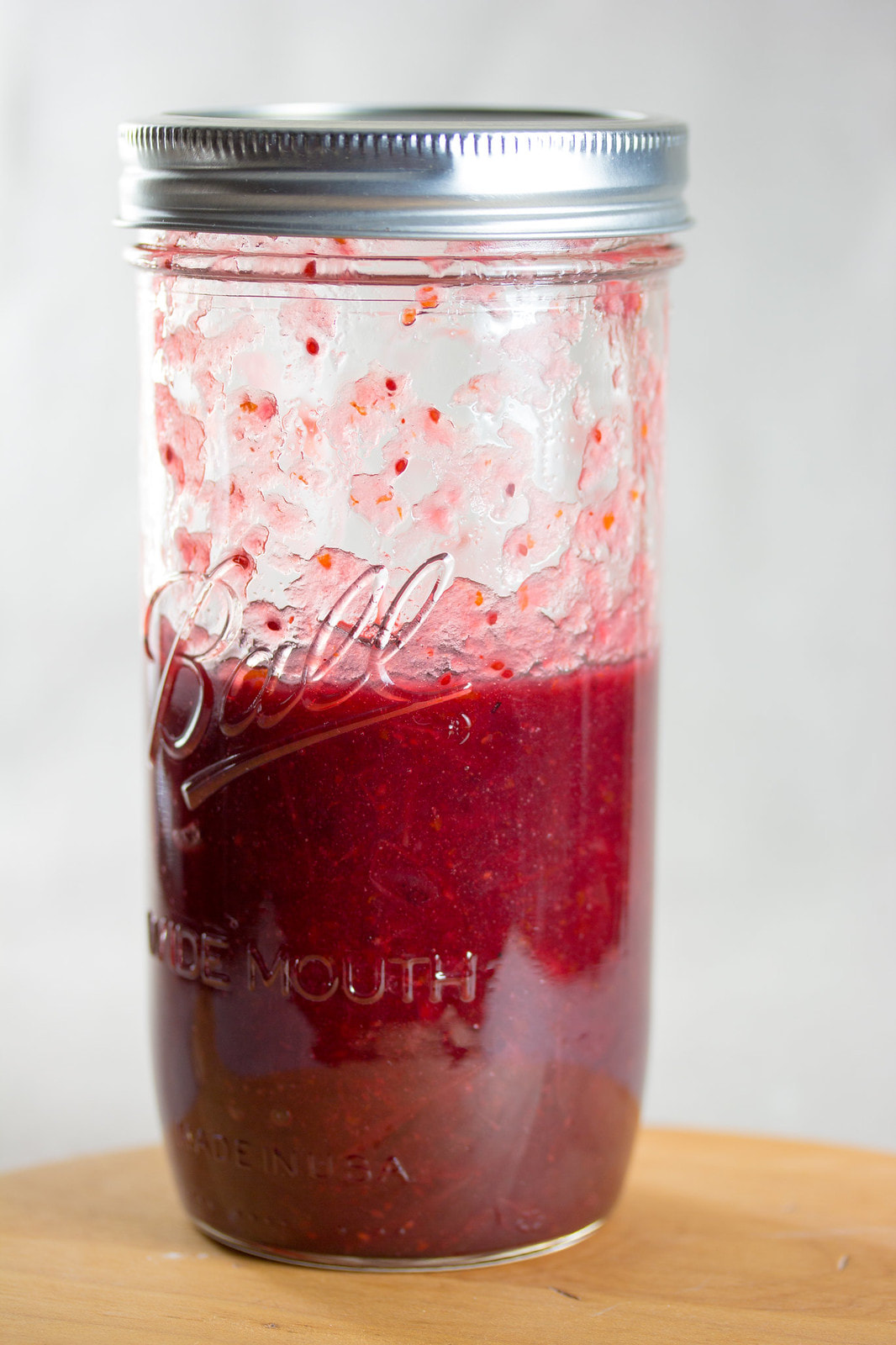|
As an ancestral cook I have a deep reverence for the place fermented foods holds across many of our lineages. The fermented foods that are apart of my Afro-Caribbean ancestry have ingredients that are often hard to find in the places I live in now. This doesn't prevent me from having a relationship with the fermentation practices I was taught as a child; it inspires me. I use the practices and the ingredients I can access locally that are of my lineage and those that are local that are not. When I am able to sustainably source the rarer ingredients from my lineage, I make small batches of ferments that I cherish and store small amounts of the raw ingredients in my home apothecary. Blending those ancestral practices with the present day places and spaces I live in now is something I truly enjoy because in someway I feel like its a representation of me and many like me who are "in between". Being a child of displaced peoples due to colonization; born in a land that is supposed to be "my country, my land" but from young, I knew clearly in my bones, was not. Severing my/our connection from our ancestral lands and the sources and resources that nourished the bodies of those that came before me for generations was felt within me without the words to express it. My people are peoples of the tropics; the foods and smells and spices and places that connect me to that story, that truth, that self knowing are not of this land. Some of the foods from my ancestral lands can be obtained in the markets I have access to in Vermont, but many are not. Access to variety increases when one goes to big cities like NYC or uses the internet but, this also serves as a reminder that a part of my being craves for nourishment and connection to a home that is far, far away from my home now. Through the alchemy of food I find ways to make sense of my own narrative of being in between a new home and old home and transform it into a narrative of being a bridge, a portal of healing for both myself and my ancestral narratives. Its November here in Vermont and there are some awesome foods that are in season right now like an astounding variety of gourds, squashes and pumpkins. We still have some beautiful dark leafy greens like an assorted variety of kale and overwintered greens like spinach. We also still have some glorious root veggies being harvested as well. But Ive been waiting for one of my favorite seasonal foods to make their ways into the markets: cranberries! I LOVE whole cranberries! And, as Ive shared, I LOVE fermented foods! And one of my favorite things to make is fermented cranberries. It's super simple in its basic recipe which allows me to preserve and store cranberries to make in various ways; cranberry chutney, cranberry sauce, cranberry jam, cranberry salsa and more! Basic Fermented Cranberries Recipe Ingredients: fresh whole cranberries water celtic grey salt OR sea salt ferment starter Equipment: ball jar with clean rubber sealed lid ferment weight (make sure its the right size for your jar) Directions:
Spiced Fermented Sorrell Cranberries Recipe
Much of this recipe will mimic the recipe above but with lots of fun additional ingredients inspired by my Afro-Caribbean ancestry. Here goes! Ingredients: fresh whole cranberries sorrel infused water celtic grey salt OR sea salt cinnamon stick clove thyme ginger star anise lime skin ferment starter Equipment: ball jar with clean rubber sealed lid ferment weight (make sure its the right size for your jar) Salt measurements based on size jar:
Directions:
From this point follow the same steps outlined in Fermentation Process above. Once completed you could enjoy as is or use this blend to make a chutney with more Afro-Caribbean ingredients like: tamarind, mango, peaches, molasses, prunes and more. Remember to listen to and offer gratitude to the foods and nourishing bacteria in your ferments, have fun exploring and enjoy the journey! With love, Candace @conscioushomestead @consciouskitchenvt
0 Comments
Your comment will be posted after it is approved.
Leave a Reply. |



 RSS Feed
RSS Feed